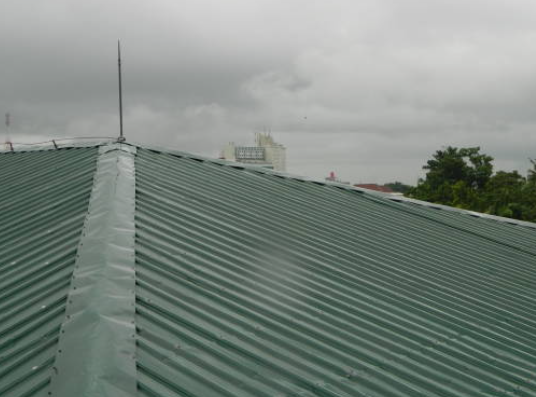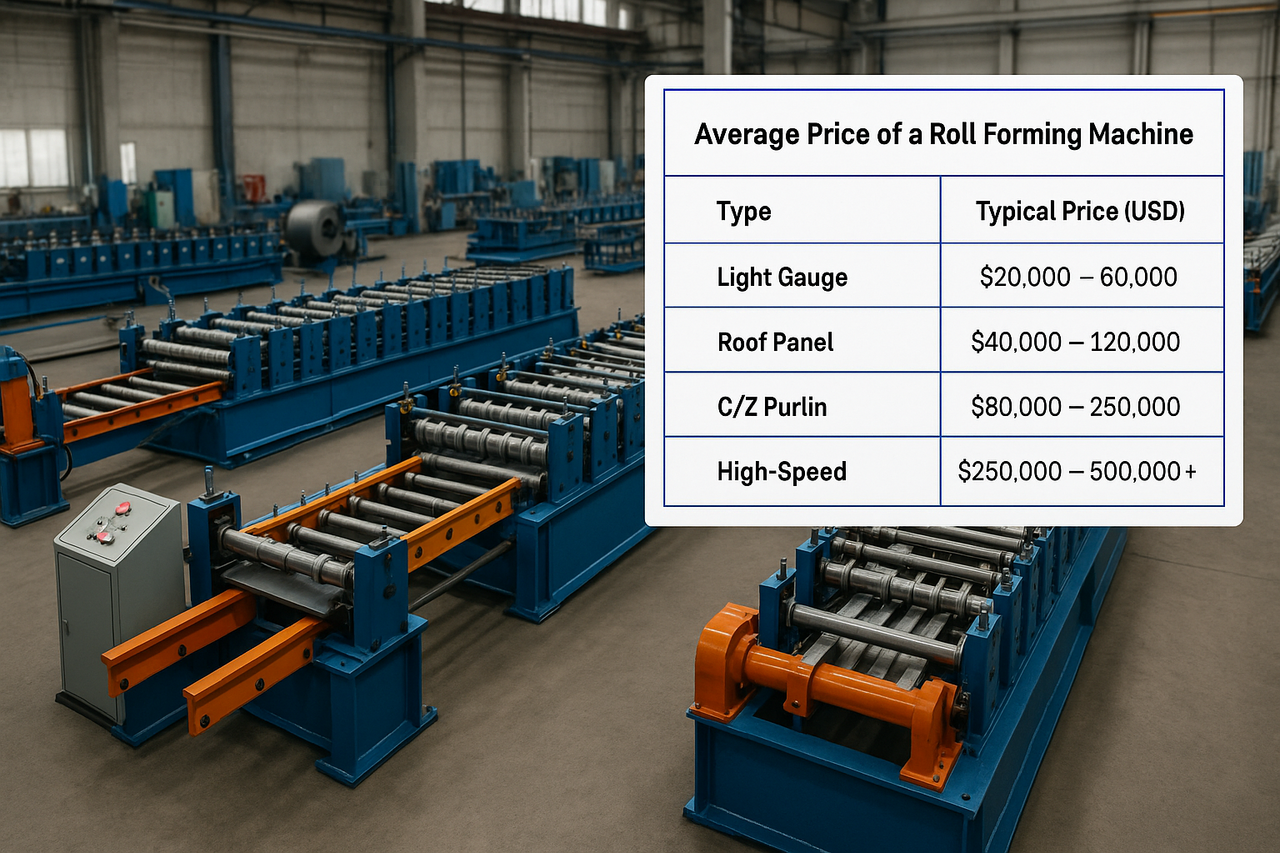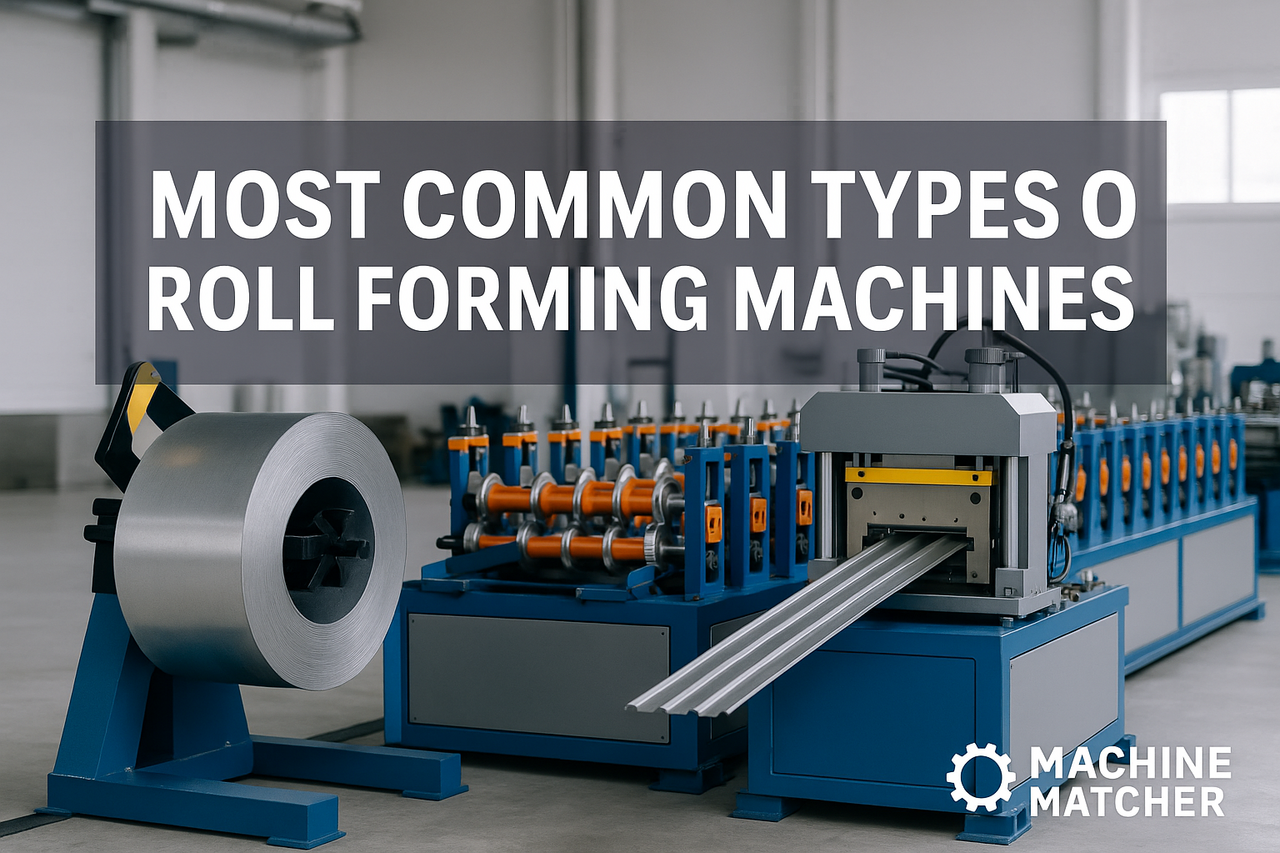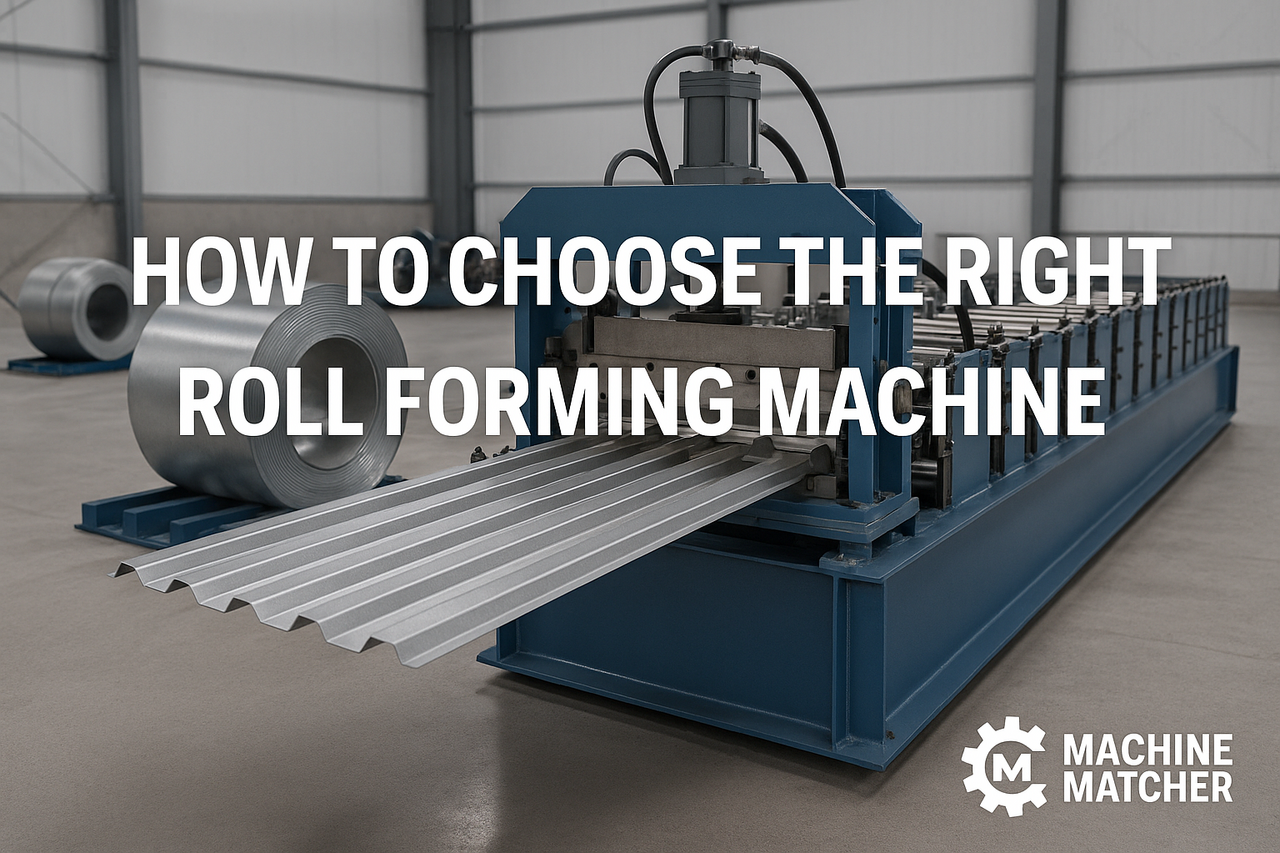This aesthetic issue can affect the appearance of metal structures and may raise concerns for building owners and contractors, though it typically does not compromise the performance or integrity of the panels. Here’s a deeper look into what causes oil canning, how to prevent it, and available solutions.
What Causes Oil Canning?
Several factors contribute to oil canning in metal roofing and wall systems:
- Thermal Expansion and Contraction
Metal expands and contracts with temperature fluctuations. If panels are tightly fastened or improperly installed, this natural movement can lead to stress, causing the material to warp or buckle, resulting in oil canning. - Material Thickness
Thin metal panels are more prone to oil canning due to their flexibility and inability to resist external forces like wind or pressure. Thicker panels are generally more resistant to this issue. - Panel Profile and Design
Panels with larger flat surfaces or wider spans are more susceptible to oil canning since there is more area for the metal to distort. Stiffening ribs or striations are often added to panel profiles to minimize this. - Improper Handling and Installation
Metal panels that are mishandled during transport or installation, leading to dents or stresses in the material, are more likely to experience oil canning. Similarly, panels that are installed with uneven tension or improperly aligned fasteners may exhibit the issue. - Substrate Irregularities
An uneven substrate or improper support structure can place extra stress on the metal panels, leading to buckling and waviness. Ensuring a smooth, consistent base is crucial for minimizing oil canning. - Coil Production and Fabrication
The process of manufacturing the metal coils used in roofing and wall systems can also introduce stress. Inconsistent tension during coil production or roll forming can create residual stresses that manifest as oil canning once the panels are installed.
Preventing Oil Canning
- Material Selection
Opt for thicker, high-quality metal coils to reduce flexibility and the potential for oil canning. Materials like steel or aluminum with higher gauge numbers can withstand more stress without distorting. - Add Striations or Stiffening Ribs
Adding striations, stiffening ribs, or other texture to the panel design helps break up flat areas and strengthens the panel, reducing the visual effects of oil canning. - Proper Installation
Ensure panels are properly aligned, fastened, and have room to expand and contract. Installers should follow manufacturer recommendations for fastener spacing, especially in areas prone to significant temperature fluctuations. - Substrate Preparation
Use a smooth and even substrate to avoid stressing the metal panels during installation. Metal panels should be installed on a flat surface to prevent any uneven pressure that could lead to buckling. - Stress Relief During Coil Production
Ensuring that coils are produced under consistent tension can help reduce residual stress in the metal, minimizing the risk of oil canning once the panels are fabricated and installed.
Addressing Oil Canning After Installation
If oil canning appears after installation, the options to remedy the situation may be limited, but some actions can mitigate the visual impact:
- Re-fastening Panels: In some cases, adjusting the fasteners can relieve pressure and reduce oil canning. However, this must be done carefully to avoid over-tightening and causing more stress.
- Painting or Coating: Adding a textured or matte finish can reduce the appearance of oil canning. High-gloss finishes often highlight the waviness, while matte or textured surfaces can help conceal it.
Conclusion
Oil canning in metal roof and wall systems is primarily an aesthetic issue but can be minimized with proper planning, material selection, and installation techniques. Manufacturers and installers should work together to ensure that the metal is properly handled and installed to reduce the likelihood of oil canning. While it can be difficult to eliminate entirely, understanding its causes and solutions can help minimize the impact on your project.



